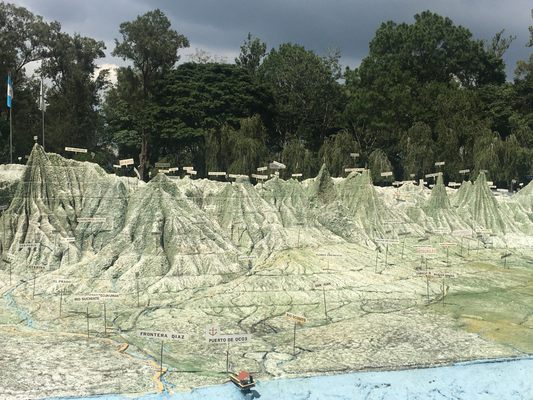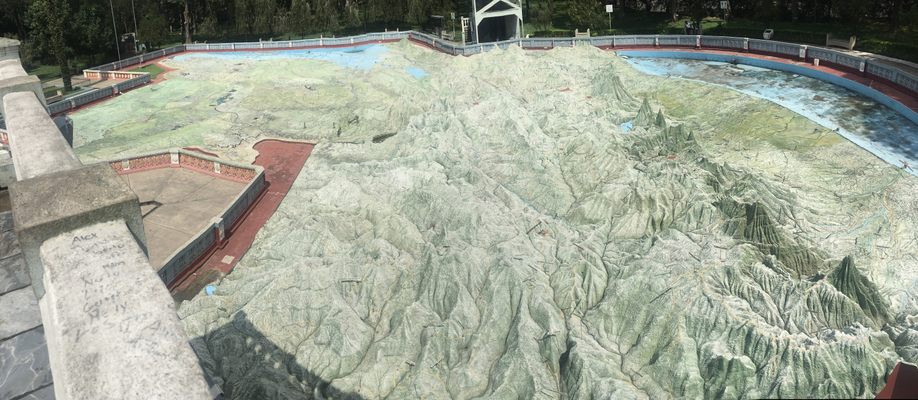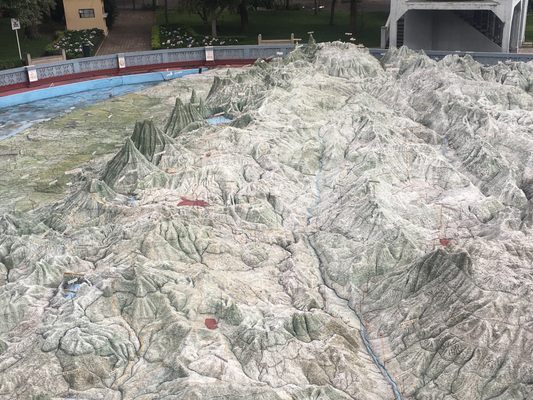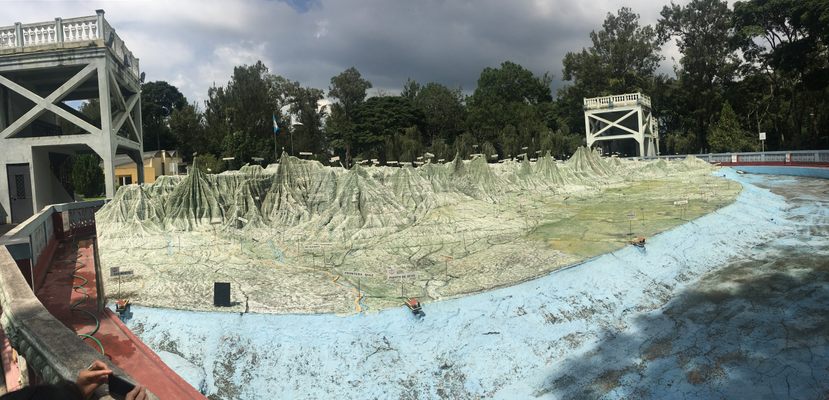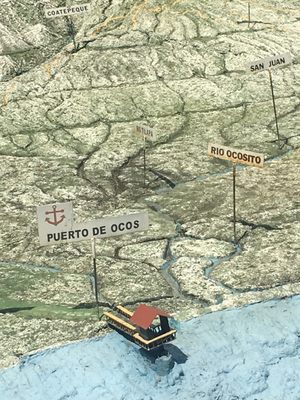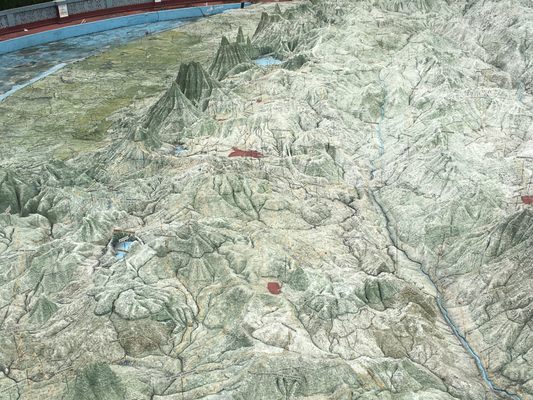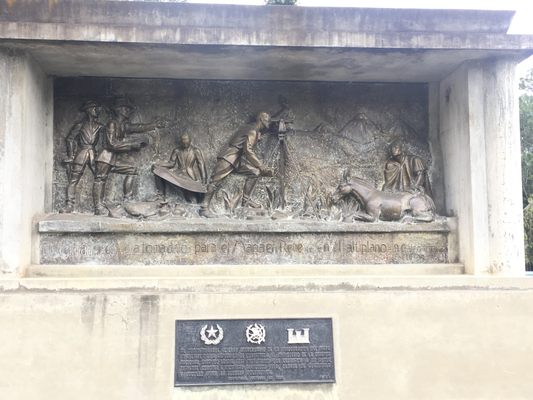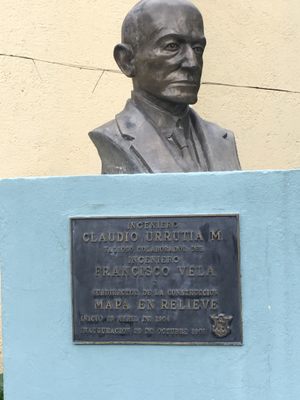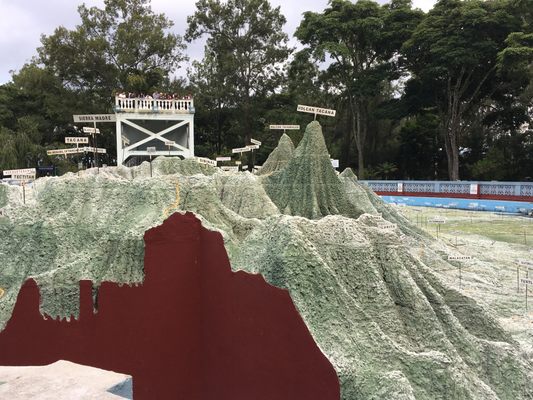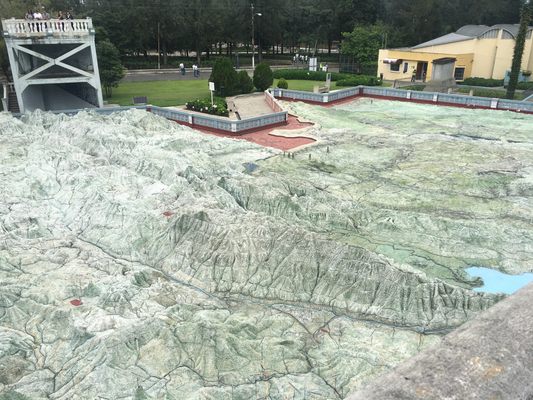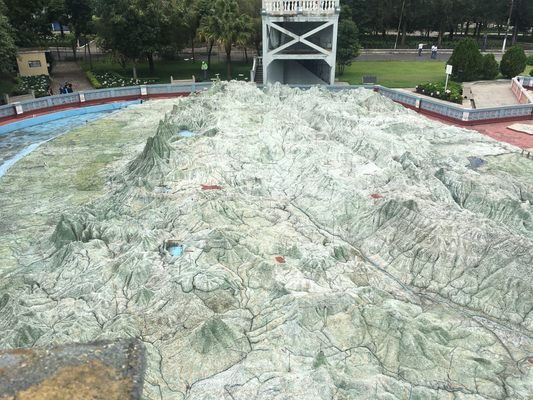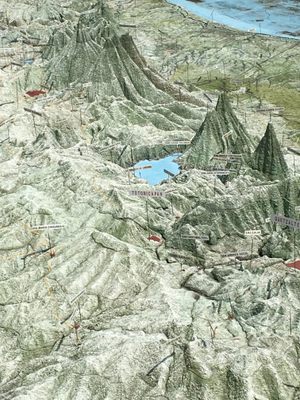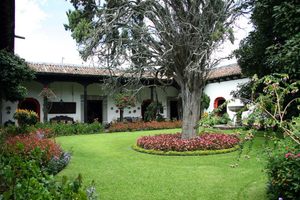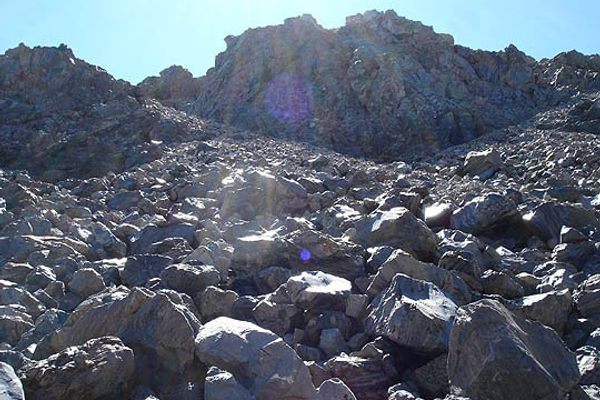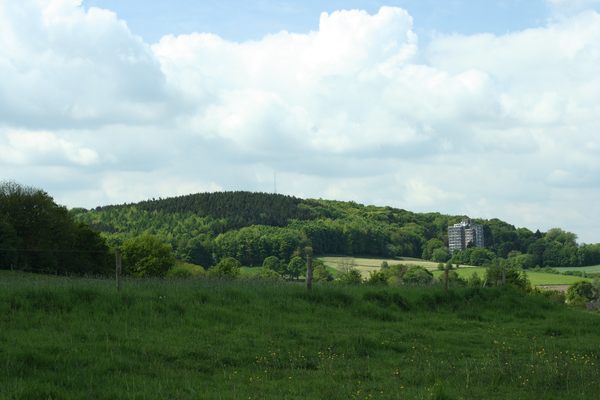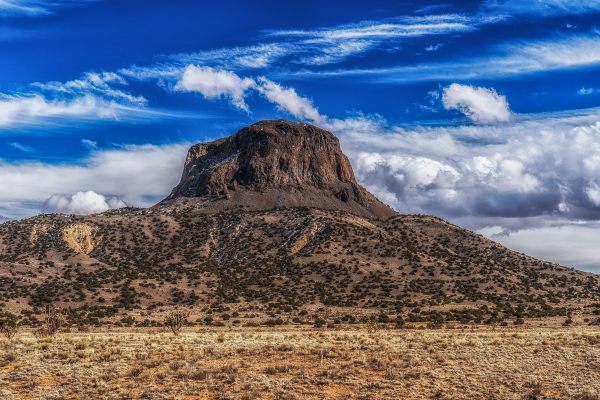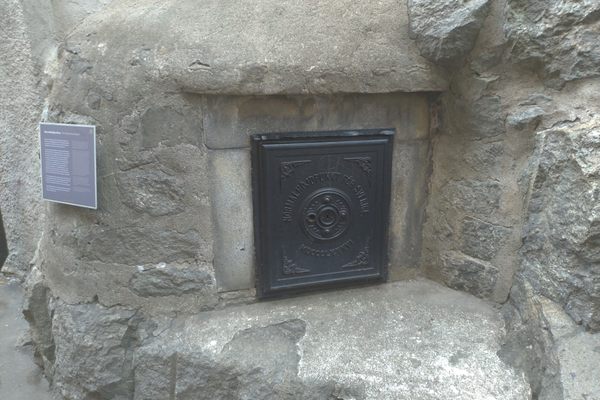About
For a relatively small country (at about 42,000 square miles it’s roughly the size of Tennessee), Guatemala has an exceptionally diverse climate packed within its borders. The landscape ranges from lush tropical jungles to Pacific blank sand beaches to snow-peaked, high-elevation volcanoes. The best way to get a snapshot of this unique geography is right in the center of the capital city, at this century-old, to-scale topographical map of the country.
The Mapa en Relieve (Relief Map) in Guatemala City is a large, impressively accurate 3D replica of the country's remarkable terrain. It depicts in intricate detail the major cities, towns, volcanoes, rivers, lakes, plateaus, and valleys blanketing the landscape, at a scale of 1:10,000 kilometers. This is all the more impressive considering the map was made more than 100 years ago, without the help of satellites and modern technology.
The map was unveiled in 1905. Its creators spent some 15 years traveling the country by donkey and horseback surveying the highs and lows of the land. Engineer Francisco Vela directed the construction of the map, and Costa Rican engineer Claudio Urrutia was the main explorer. He even invented a tool to help accurately measure the topography, a theodolite called the "Mira Urrutia", or Urrutia Viewer. (He is only now getting recognition for his accomplishments, thanks to the help of his descendants.)
Once the wealth of data was collected, it took Vela’s team 18 months to build the map. All these years (and several major hurricanes) later, the map still stands intact, though a little worse for the wear. It's a real engineering wonder and a gem of Guatemala City. But while it's regularly visited by schoolchildren in the area, the relief map is frequently overlooked by tourists. That's a shame, because for visitors planning to travel around the country, taking in a birds-eye view of the landscape from one of the site’s observation towers is the perfect starting point to get your bearings.
Looking down at the counters of the map, you’re struck by how extremely mountainous the terrain is, except at the coasts (the country is bordered by the Pacific and Caribbean) and the vast stretch of lowlands to the north. The landscape is covered in hills, valleys, rivers, and lush forests. (The name Guatemala is derived from a Mayan word for a “place of many trees.”) There are 37 volcanoes packed into the highlands, three of which are active. At an elevation of nearly 14,000 feet, Tajumulco Volcano is the highest point in Central America.
The 1,800-square-foot map (which, due to the era it was made includes Belize, now a free sovereign independent country) is one of the only cement 3D scale maps in the world. But even more impressive is the rare glimpse it provides at this country's uniquely beautiful landscape.
Related Tags
Know Before You Go
Located at Parque Minerva at the end of Av. Simon Cañas in Zone 2. Cost is 25Q
Community Contributors
Added By
Published
September 7, 2017

